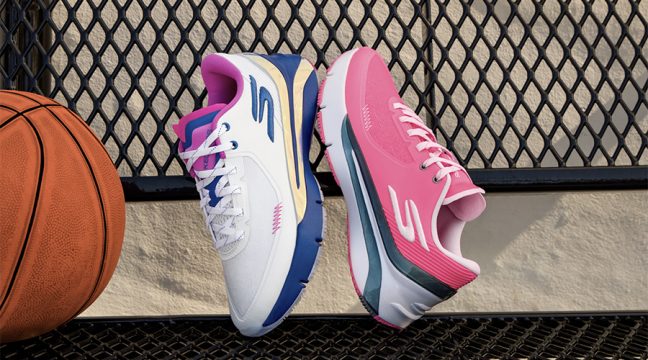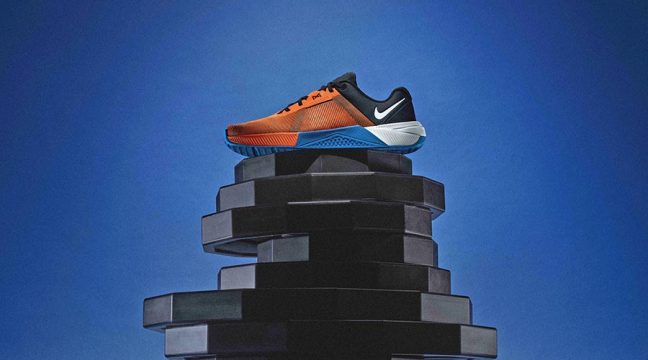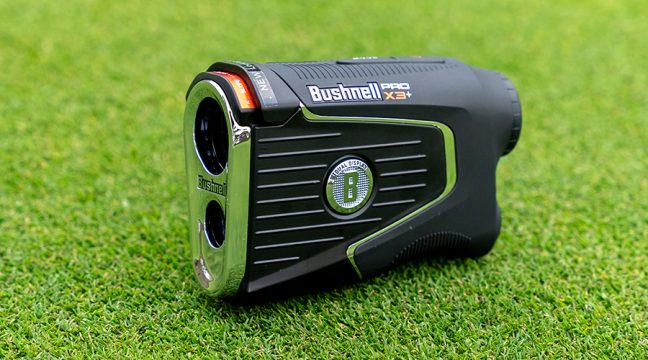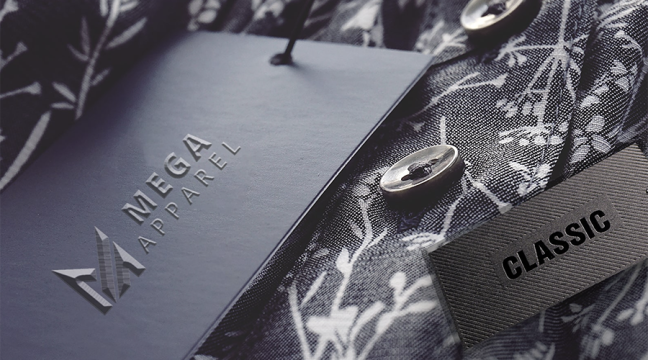It was in the late 1990s, when this combination of surfing, kayaking and paddleboarding began its modern renaissance as an adventure sport. Although the modern upsurge began off the shores of Hawaii and California, the practice has traceable roots dating back hundreds and maybe thousands of years.
Richard Ohman, founder, Point 65, a company that makes portable modular boards – a small but growing niche of SUP – sums up the sport’s growth in the last two years: “Growth is now driven by consumers who enjoy the activity for several reasons. It has the appeal of surf culture and the coastal lifestyle and it’s a very social activity that allows consumers to enjoy the scenery while also getting great exercise.”
Ohman noted that in the beginning, “Visibility was initially driven by numerous brands and many retailers jumping on board. Sales were pretty small but growing rapidly up until 2014 when sales passed 150,000 units worldwide, which had doubled from 70,000 units in 2013; still only seven percent of kayak sales. And if it doubles again in 2015, which seems plausible, SUP sales will exceed kite boards and become 10 percent of the entire paddle sport industry, in units sold.”
Helping fuel the growth – especially over the last 10-15 years – has been the increasing availability and quality of portable SUPs, most notably inflatable or iSUP boards. What started as a novelty item for SUP enthusiasts looking for an easy-to-transport and more durable alternative to their long, delicate and expensive fiberglass and foam boards has become a legitimate category. Enthusiasts and first-timers alike are opting for the more accessible models.
“Inflatable SUP is certainly a quickly growing segment of the industry. I believe the accessibility of using an inflatable SUP is what makes it so appealing to folks entering the sport. Inflatable SUP board sales have grown tremendously for us, and have quickly become one of our fastest growing categories,” said Mike Barker, product developer for NRS, one of the earliest brands to market inflatables.
Major Inflatable Players
To meet demand in both portables and traditional, one major player in the inflatable market will increase iSUP models and even add some rigid boards. “AirheadSUP has been a 100-percent iSUP manufacturer, and our sales have been growing at 300 percent a year,” said Jeff Turner, national sales manager for Kwik Tek, Airhead SUP’s parent company. “For 2016 we will introduce two fiberglass and two foam boards, plus 10 new iSUP and three carryover boards.”
SUPs can easily be over 10 feet tall and over two-feet wide, with up to three fins or more, so portability of traditional boards is a major concern. Even on rooftop carracks, these boards are unwieldy. If dropped or scraped the damages can be severe and expensive. The growth of portables has allowed SUP’s popularity to move into the interior, and with that, into far more consumers’ hands.
While iSUPs can be a bit heavier, slower and less maneuverable, they offer benefits that for most consumers outweigh the detractions. “Benefits are many: portability, storage and durability just to name a few. You can put your board, pump, paddle and PFD in a rolling golf bag or include it in a storage duffel/backpack and travel just about anywhere to paddle. Try that with an 11-foot-6-inch rigid board,” said Turner. Add to that the storage issues in many homes and portables become quite an attractive option for all but the most competitive paddlers.
The whole SUP package can weight more than 30 pounds, so portables are not yet ready to be backpacked into a campsite, for instance, but they can certainly be thrown into a car quickly and easily to drive to a local lake, or along with car-camping gear for a weekend trip.
Furthermore, these boards are extremely durable, handling drops or banging into a tree on the trail. They’re constructed from tough PVC (or polyethylene for the modular), rather than foam or fiberglass, so even the sharpest rocks are rarely a threat. If they do puncture, patches can fix the leak. Drop-stitch construction, where the deck material is stitched to the hull with tens-of-thousands of polyester threads, generally from 4” to 6” of space between them that gets filled with pressurized air, keeps these boards surprisingly stiff and stable when pumped to the suggested pressure (usually 12 to 15 psi).
Early versions were generally all-purpose boards intended for basic recreation, aside from a few pioneers using them for riding waves and fast rivers. But brands are increasingly designing boards for more focused uses, including virtually any style of riding, from big waves to flat water, and from racing to fishing. There are even boards designed for SUP yoga, one of the recent trends in SUP where users paddle out to practice poses on the water, the less stable surface helps practitioners improve balance and technique.
Based in Colorado, Kwik Tek has been making watercraft and inflatables for more than 20 years. Their SUP brand, Airhead SUP, will debut its full line of 2016 models at Outdoor Retailer Summer Market and Outdoor Demo, including boards for a wide range of uses. All come with a pump, pressure gauge, board strap, day bag, valve wrench and repair kit. Select models even include a modular paddle. For the more speed-inclined paddlers, their new Pace line will include the 1030, $1,200 10’6” x 30” x 6”, 32lbs, and 1230, $1,300, 12’6” x 30” x 6”, 36lbs, which inflate to a stiff 15 and 18psi respectively, for speed on flatwater or even open water racing. The 6” thick design, plus a longer 5” front rocker (turned-up nose) and flat rear means a faster board. Each has a single removable fin and flexible rigging storage.
For more recreational use, the Cruise 930, $950, 9’ x 30” x 4”, 29lbs, and 1030, $1,050, 10’6” x 30” x 4”, 32lbs, feature an old school “woodie” look and three removable fins for better tracking. They too have a 5” front rocker and storage cords. For recreational paddlers who may hold the occasional headstand or warrior pose, the ladies’ Bliss 930, $1,000, 9’ x 30” x 4”, 26lbs, and men’s Fit 1032, $1,180, 10’6” x 32” x 6”, 33lbs., feature full decks of sticky EVA padding, plus a rounded nose and sides for all-around stability under the unique demands of yoga on a paddleboard, plus storage cords.
River paddlers need wider, extra stable boards for the rougher waters, as do fishers who move around more and have to balance out the pull of a catch. For them, Airhead offers the Rapidz 938, $1,300, 9’ x 38” x 6”, 38lbs, and Rapidz 1138, $1,400, 11’8” x 38” x 4/6”, 46lbs. Both have separately inflated pontoons/outriggers around the front third for added side-to-side stability and a much wider platform. The three fins are not removable, but there are storage cords in front (and rear on 1138) for extra gear. And both have a tail rocker for maneuverability.
Also in this category, carrying over from 2015, is the popular SS model (Super Stable), available in Camo and basic graphics, $1,300/$1,200, 10’8” x 38” x 6”, 32lbs. It also has pontoons, but they run almost the full length of the board for maximum stability and the center fin is removable. Kids will have their own new offering for 2016 – the junior 730 “Popsicle”, $780, 7’ x 30” x 6”, 25lbs, has a rounded profile, rocker tip and four fixed fins for stability and easy tracking.
Also increasing their inflatable offerings is BicSUP, whose SUPAir line will double in 2016 to eight models. Bic boards are known for their lightweight, thanks to their single layer deck and hull combined with a Dyneema Stinger stabilizer down the center to maintain rigidity. They also feature 10” US fin boxes on all, which allows them to be universally compatible with any type of fin (unlike most typical proprietary fins found on inflatables). All feature two-way, high-pressure pump/gauge for easy inflation to 15psi and include an oversized backpack, high quality fin(s) and repair kit.
New for 2016 is the River model, $950, 9’2” x 36” x 6”, 20lbs. This river-running, whitewater board has a wide forward deck to handle the rigors of rough water, plus five handles – front, back and three center – for the increased likelihood of falling in and having to retrieve the board. Front elastic rigging for storage is included in the design.
A new yoga-compatible board, the Fitness, $950, 10’6” x 34” x 6”, 21lbs., comes to market, which can also work well as an all-around recreational board. But the 34” width and wider tail allow for added stability and it features an extra-long, yoga-style deck pad. A kid’s board, $700; 8’4” x 28” x 6”, 18lbs, rounds out the line. This cross-use board is ideal for kids, or even smaller adults, up to 120lbs, and includes three fins with removable center.
Finally, their Touring model, $1,000, 12’6” x 30” x 6”, 23lbs., returns from 2015 with a major overhaul to include the same features as the other 2016 boards, like the lighter single-layer deck and hull construction (double layer on the sides). The longer, narrower profile is faster and more efficient for longer days on the water but less moving around. It has three handles and elastic rigging in the front, plus one 10” removable fin and D-ring for leash attachment.
While they’re not offering any completely new iSUP models for 2016, NRS has completely revamped its iSUP lines for the season to include new double-sidewall construction, a lighter, dropstich method – saving an average of two pounds per board – and new flexible urethane fin boxes.
The NRS Adventurer, $1,300, 12’6” x 30.5” x 6”, 25lbs., features load capacity for longer day trips and overnighters. Made specifically for adventure touring, it combines lightweight with a sleek shape and rugged system of D-rings for rigging gear. Its proprietary Axis Technology is an acrylic-stiffening agent designed to add rigidity without adding weight. With 342 liters of air volume, the 6” thick board can handle paddlers up to 260lbs. The Imperial, $1,300, 10’6” x 32” x 6”, 25lbs., is an all-around SUP for recreational paddlers looking to do a bit of everything including yoga, touring or light river running. At 4” thick it can still handle a 220lb. paddler. Its five interchangeable fins means you can customize your board for tracking and turning to suit the water you’re riding, plus they’re made from flexible nylon to improve durability. Imperial is also available in a 6” model for larger paddlers or heavier loads, with D-rings for rigging and a leash. Another multipurpose model is the Earl line for efficient paddling and smooth turning. These also have five interchangeable fins, but add two webbing handles in front for extra grip when swimming, plus tail and center for carrying.
The brand synonymous with off-road, multisport racing, Xterra, also has a line of inflatable SUP’s, showing the sport’s continued attraction as a cross-training activity for endurance athletes. They offer two iSUPs, the simply named 10’, $1200; 10’ x 30” x 5.5”; 25lbs., for all around fitness, and the 12’, $1,400; 12’6” x 30 x 5.5”; 30lbs. The 5.5” height means plenty of volume but a slightly lower position than the standard 6” boards, and some weight savings. But what sets these apart the most is that both come with an aluminum paddle (three-piece for 10’ and two-piece for 12’). The 10’ includes a leash and features three fins – the center one removable even when inflated – and the 12’ has just the removable center fin. Both feature 6 D-rings for storage. For an additional $150 you can purchase their Traveler’s Roller Bag, which is also a Backpack with room for the entire load.
Classic SUP
While inflatables certainly offer their share of advantages and conveniences, not all consumers want to pump up their board for every outing, then deflate, roll up and pack when done. That’s where the new Point65 Rum Runner 11.5, $1,000, 11’5” x 32”, 57lbs., and 12.5, $1,100 12’5” x 32”, 62lbs., modular SUPs from Point65 come into the picture. Both are modular polyethylene kayaks that come in three parts – a nose, middle and tail with retractable fin. They snap together using a tongue-in-groove connection and two ratcheted buckles at each junction. Assembly and breakdown are quite easy and the boards are ultra-sturdy. If you don’t need to pack it in, but need to be able to store the boat in your small apartment or transport without a rack, this is a smart option, especially if adventure touring is your game. And they can carry loads of up to 265lbs. and 300lbs. respectively.
“The Rum Runner is specifically designed for flat water paddling where its V-shaped, displacement hull [which tapers towards the tail] is a huge advantage,” added Ohman. “As a SUP is paddled with only one paddle blade, like open canoes, tracking is imperative so that the paddler does not need to switch sides between each stroke. With a displacement hull SUP the paddler can take 5 to 10 strokes on one side before having to switch sides.”
The deck of the Rum Runner is slightly dug out so the sides are extra stable, and structured EVA foam padding covers the center floor. The nose section has two built-in cup holders and sports a large oval hatch. The deck also features D-rings for installation of the optional Point65 Air seat.

















